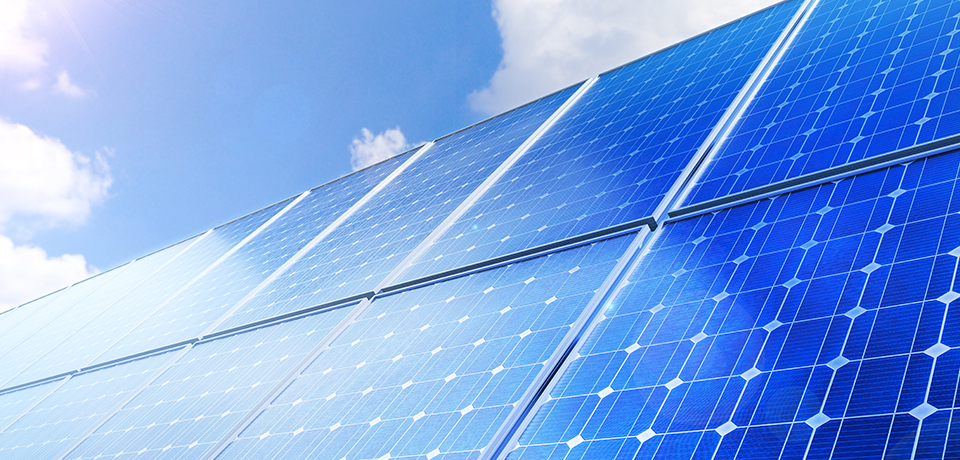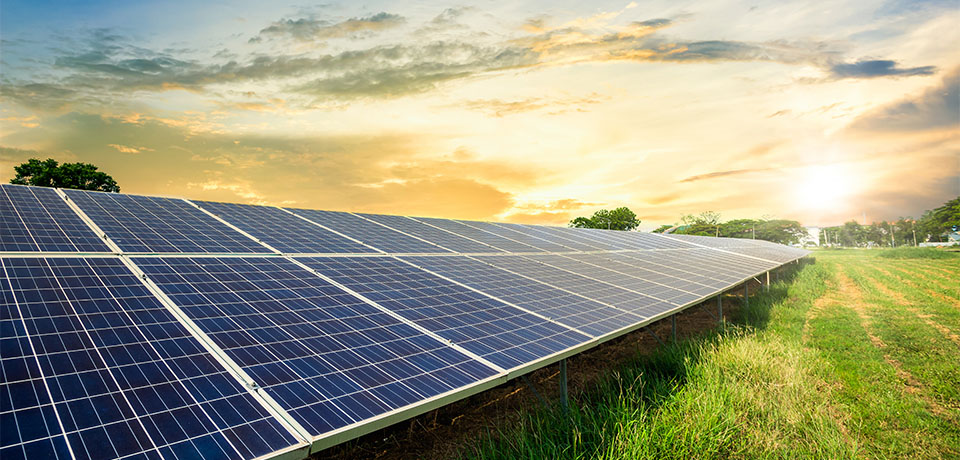What is a Carbon Footprint? What are the Impacts of it on the World?
- Home Page
- Blog
- Carbon Footprint
- What is a Carbon Footprint? What are the Impacts of it on the World?

What is a carbon footprint? This question came into our lives with the climate change and is among the questions whose reply is the most wondered… The concept of carbon footprint is derived from the concept of ecological footprint, which has been set forth by the sustainability advocates William E. Rees and Mathis Wackernagel in the nineties. Although the use of the concepts of carbon and footprint together creates an abstract perception at the first glance, it means the traces left in nature by the human activities.
The amount of greenhouse gases released by individuals, institutions and countries into the atmosphere as a result of any activity determines the carbon footprint. The common greenhouse gases are carbon dioxide, methane, nitrous oxide and fluorinated gases. Fluorinated gases have no natural source. Fluorinated gases are formed as a result of human activities.
With the industrial revolution, the carbon emission amounts have begun to rise. The increase in the use of fossil fuels, the dependence on energy and the transportation of products over long distances have adversely affected the environment. With the technological advances, the production methods used have evolved. The amount of energy used and the raw materials are improving in a manner that leaves less carbon footprint.
Today, the societies aim to reduce their carbon footprints; the adverse effects are tried to be reduced by inter-state agreements and auditing of institutions.
Adopting of a nature-friendly lifestyle and making controlled consumption lead to reduction in the carbon footprint. The use of solar panels for heating and hot water reduces the carbon footprint.
There are direct and indirect reasons that cause an increase in the carbon footprint. The carbon dioxide emissions caused by factors such as domestic energy consumption and transportation make up the direct causes, whereas the Greenhouse gases released during the period between the production of any product and its conversion to waste are the indirect causes. Where and how a product is produced is as important as its raw material in terms of its carbon footprint.
Direct causes can be taken under control with electrical products that release low carbon emissions, insulation in living spaces and more efficient nutrition choices. Carbon footprint linked to lifestyle can be reduced with very minor changes. Biodegradable bags or fabric bags can be preferred instead of plastic bags. For short-distance journeys, public transportation and bicycles can be used instead of private vehicles.
In order to reduce the carbon footprint, it is important to take control of the indirect causes as well. The materials, logistics and production processes of the consumed product are factors that affect the indirect causes. With the renewable energy sources, great reductions in greenhouse gas emissions can be achieved during production. The renewable energy sources are becoming more efficient and accessible with the developing technology. The share thereof in the total energy generation is increasing day by day.
Carbon footprint is gaining more importance day by day due to its impacts on global climate change. Naturally released carbon dioxide is balanced by nature and the greenhouse effect of it is reduced. Greenhouse gases formed as a result of direct and indirect causes, on the other hand, are well above the natural balancing capacity. Greenhouse gases accumulate in the troposphere, the lowest layer of the atmosphere, and form a heat-trapping layer. The heat accumulated in this layer raises the average temperature and becomes the main cause of global climate change. Gradually increasing temperatures are causing melting of the ice sheets of the world. The sea level is rising all over the world with the melting of glaciers. The unpredictable changes in climate directly affect the bios life on the planet.
With agreements accepted by many countries, such as the Kyoto Protocol and the Paris Climate Agreement, it is aimed to reduce the carbon footprint. These agreements will have positive effects on controlled greenhouse gas emissions, climate change and global warming.
With the laws enacted by the countries, greenhouse gas emissions that occur during the production process and during the life cycle of the products can be controlled. It can be ensured that he producers prefer renewable energy sources.
Turkey is one of the countries that has signed the Kyoto Protocol and the Paris Climate Agreement. In our country, electricity can be generated with renewable energy in two ways, either licensed or unlicensed.
Renewable energy sources are naturally available and sustainable. Renewable energy sources such as sunlight, wind, rain, tides, waves and geothermal heat have virtually no carbon footprints. Therefore, the carbon footprints formed as a result of direct and indirect causes will be very low.
Hydroelectric, wind, geothermal and biogas power plants built with control have less damage to the ecological balance and greenhouse gas emissions thereof in electricity generation are low. Since these facilities do not harm the environment and do not produce waste, there occurs no extra expenses.
We can start reducing our carbon footprint right away. Our home is one of the best starting points for this. We can use the calculators available on the Internet to measure our own carbon footprint.
With minor changes to be made, there may be serious reductions in the carbon footprint. In order to reduce our carbon footprint, we can pay attention to the following:
-
We can attach importance to recycling and prefer products obtained by recycling.
-
We may not buy the products we do not need and we can examine the carbon footprint reports of the products we purchase.
-
When purchasing electrical products, we can control the amount of electricity consumption and the carbon emissions thereof from the energy certificate on it.
-
We can use water sparingly.
-
We can generate less garbage by reducing the consumption of packaged products.
-
We can supply electricity from renewable energy sources.
-
By choosing locally produced products, we can reduce the greenhouse gases generated in logistics.
We can protect the ecological balance in the world by being more sensitive to the environment. With sustainable consumption, we can make a huge difference for the world without making big changes in our lives. With the demand created by sustainable consumption, the manufacturers can change their products and production stages in a manner that shall reduce their carbon footprint. Our greatest gift to the future generations will be a more livable world.
 Insolation Time and Solar Energy Efficiency
Insolation Time and Solar Energy Efficiency  What is Solar Energy? How is Electricity Generated From Solar Energy?
What is Solar Energy? How is Electricity Generated From Solar Energy?  Renewable Energy Sources - Advantages of Renewable Energy Generation and Use
Renewable Energy Sources - Advantages of Renewable Energy Generation and Use  Geothermal Energy Potential of Turkey and its Sustainability
Geothermal Energy Potential of Turkey and its Sustainability